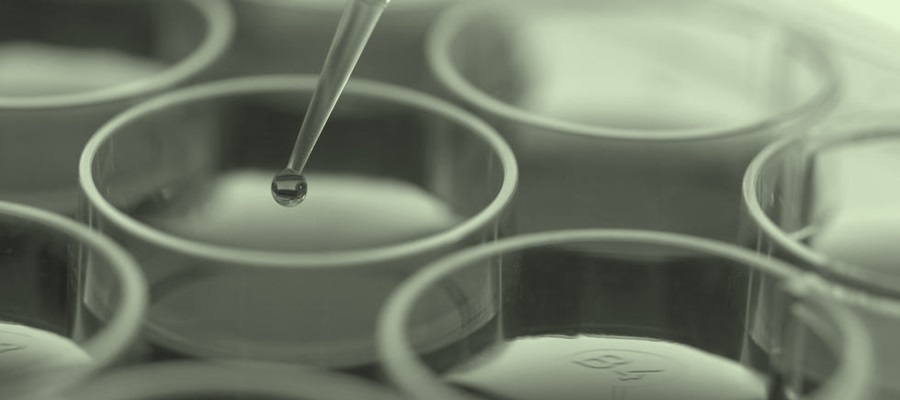R&D Tax Credits for Life Science & Pharmaceuticals

The software underpinning RDRelief was sold to one of the big-4 professional service firms in 2018. Consequently, the brand is no longer in operation.
- R&D Tax Advisors are invited to find out more about the Inspired.tax claim preparation software.
- Otherwise, please feel free to continue to browse this website for useful information regarding claiming R&D Tax Credits in the UK. However, beware that none of the information has been updated since 2018.
Contents
Eligibility Criteria
Main article: Eligibility Criteria
For a Life Science Project to qualify for R&D Tax Credits, it needs to adhere to the R&D guidelines (also known as the BEIS guidelines) that have been precisely defined by the UK Department for Business, Energy & Industrial Strategy (BEIS).
These eligibility criteria don't just apply to the Life Sciences, but instead, refer to all fields of Science and Technology. These can be found detailed and explain in our eligibility criteria knowledge base.
Technological Advance in Life Science & Pharmaceuticals
Main article: Scientific or Technological Advance
By Scientific or Technological Advance, HMRC requires that the project must seek to move forward from the current industry baseline of Life Science knowledge (thus it needs to be more than applying techniques for which there is a pre-existing publicly available reference). Likewise, it can't be a commercial, business or functional Advance - it strictly must an Advance in Scientific or Technological.
It is often the case that Research and clinical trial projects qualify for R&D Tax Relief.
In addition to these more obvious forms of R&D, it could be that you are seeking to develop a new product, delivery device, or diagnosis equipment.
It could be that you are seeking to appreciably improve an existing product, improving delivery capability or increasing the precision of the device.
Technological Uncertainty in Life Science & Pharmaceuticals
Main article: Scientific or Technological Uncertainty
The Uncertainty arises where an expert in Life Science (thus a competent professional) is uncertain either if the Advance is feasible, or what the best way to achieve it in practice would be.
Such Uncertainty may arise if the 'competent professions' are unsure whether it is feasible to scale a prototype to a full-scale commercial product or process.
Alternatively, it may be uncertain how to achieve the Advance. For example, this may be that there are various options, but which would be the best (taking into account multiple requirements) would bring about the Uncertainty.
For example, if there are different options for chemical synthesis or reaction conditions and it is unclear what the best solution would be.
Another type of Uncertainty typically encountered within this field is systems Uncertainty. Systems Uncertainty is where the individual components are well understood, but to integrate them into the broader solution brings about the Uncertainty. These 'components' can be products, materials, devices, hardware or software!
Includable Activities
Main article: Directly Contributing Activities
On a life Science project, eligible costs typically include discovery, new product development, manufacturing, clinical trials and testing (which is necessary to verify the resolution of the Uncertainty).
Proof of concepts and scale-up activities are also includable where they are required to overcome the Uncertainty of the project.
Many other activities also contribute directly to overcoming the Uncertainty of the project, for example, project management and are includable in the claim.
